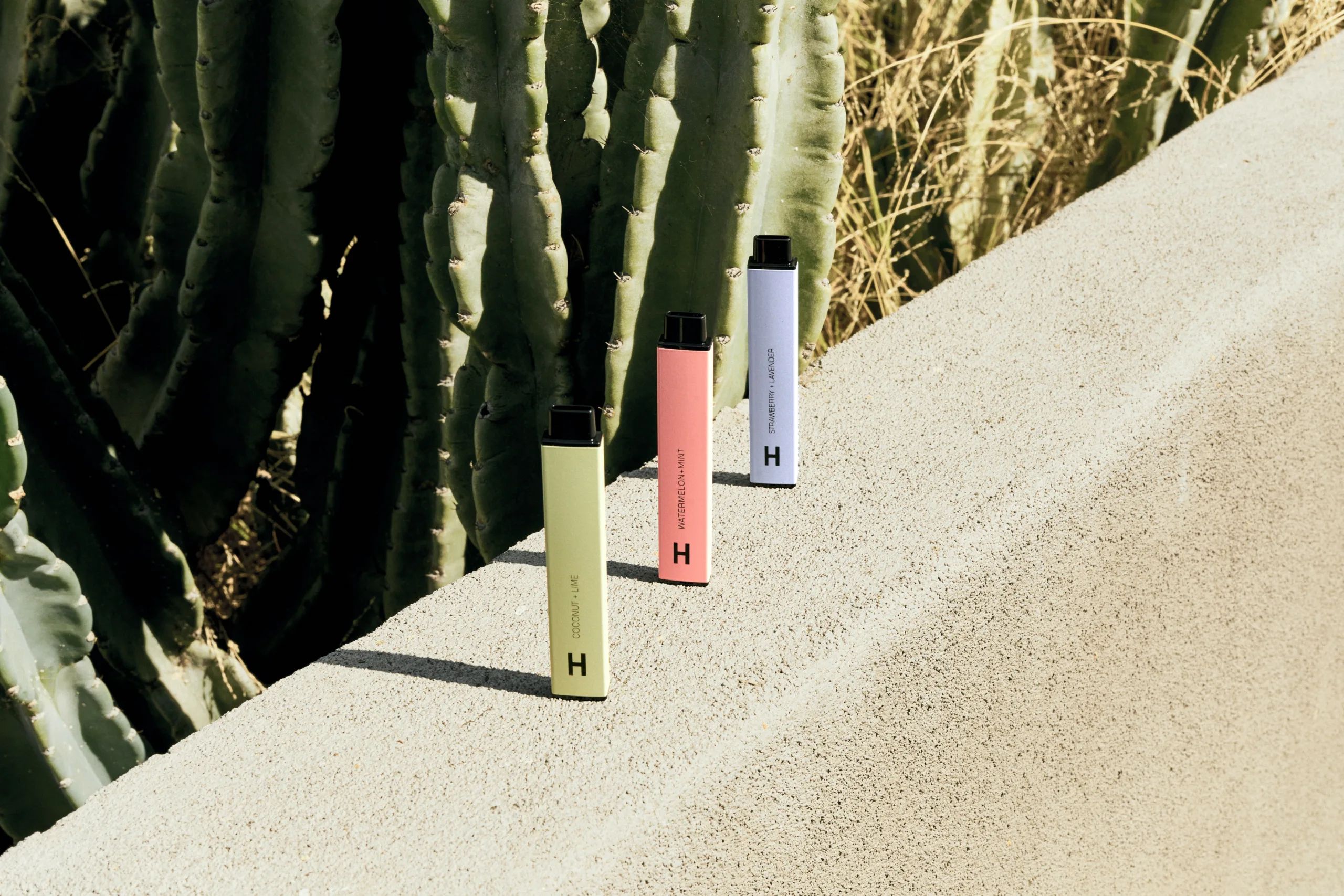Vaping at home with secondhand nicotine increases the risk of bronchitis in young people.

According to research published online in the pulmonary journal Thorax, secondhand home exposure to the nicotine vapour from e-cigarettes is associated with a higher risk of bronchitis and shortness of breath in young adults.
The researchers conclude that if these findings are proven to be causal, there would be a “compelling reason” for prohibiting the use of e-cigarettes and other vaping devices in public areas.
Despite the growing popularity of vaping, the researchers claim that little is presently known about the potential health implications of passive inhalation of nicotine vapour from e-cigarettes and other vaping devices.
The amount of ultrafine particles in the e-cigarette aerosol can also be higher, even if secondhand exposure to particulate matter from e-cigarettes is lower than that from traditional cigarettes. Additionally, this aerosol contains metals and volatile substances that are known to injure lung tissue.
The researchers used data from 2090 participants in the Southern California Children’s Health Study to further investigate the effect on respiratory health.
From 2014, when participants were, on average, 17, until 2019, extensive annual data on respiratory health, active and passive nicotine vaping, conventional cigarette smoking, and cannabis smoke exposure in the home were gathered.
The following criteria were used to determine whether a participant had bronchitis within the preceding 12 months, a daily morning cough for three months running, a daily cough at other times of the day for three months running, or congestion or phlegm that wasn’t a cold symptom.
Based on self-reported chest whistling or wheezing over the course of the past 12 months, wheeze was diagnosed. And the experience of having trouble breathing was predicated on doing so while rushing on flat terrain or climbing a minor hill.
Between 2014 and 2019, the prevalence of secondhand nicotine vaping rose from 12% to 16% while the prevalence of secondhand smoking decreased from 27% to 21%. The study period saw an increase in the past 30-day active use of marijuana, e-cigarettes, and cigarettes.
During any of the research years, the majority of participants (76%–93%) who had been exposed to secondhand nicotine vaping were also more likely to actively use tobacco or cannabis products themselves or to have been exposed to secondhand smoking.
Self-reported wheeze prevalence increased from 12% to 15%, and self-reported bronchitic symptoms increased from 19.5% to 26%, respectively. Between 16.5% and 18%, the prevalence of shortness of breath shown no discernible trend over time.
Participants who had experienced secondhand nicotine vaping were more likely to experience bronchial symptoms and shortness of breath, but not wheeze, compared to those who hadn’t.
After controlling for cannabis and secondhand smoking exposure, as well as active vaping or smoking, individuals exposed to secondhand nicotine vaping reported bronchial symptoms 40% more frequently and shortness of breath 53% more frequently.
Stronger relationships were seen when the analysis was limited to the 1181 people who had not smoked or vaped personally in the previous 30 days.
After adjusting for demographic factors and secondhand smoking/cannabis exposure, these participants were more than twice as likely to report wheeze, three times as likely to report bronchitic symptoms, and twice as likely to report shortness of breath as those who hadn’t been exposed to secondhand nicotine vaping.
Since this study is an observational one, causality cannot be determined. However, the researchers note that the results are comparable in scope to those shown for secondhand smoking.
They propose that a ban on vaping in public spaces would be appropriate if causality were to be established in future research.
The authors state that, “If causative, reducing secondhand e-cigarette exposure in the house would lessen the burden of respiratory symptoms and would provide a persuasive justification for regulating e-cigarette use in public areas.”
Drs. Anna Lucia Fuentes and Laura Crotty Alexander of the San Diego Healthcare System and the University of California San Diego, respectively, note out that vaping products were initially advertised as a nicotine replacement therapy with a lesser risk to health in a related editorial.
But they conclude, “Evidence is mounting that suggests the opposite.” More alarmingly, 78% of middle level and high school kids were exposed to at least one e-cigarette commercial between 2014 and 2016. This indicates that marketing has targeted the vulnerable adolescent group.
“Studies that contend that nicotine usage has not grown with the rise of vaping,” they continue, “may comfort some. It is crucial to remember that there might be significant differences between the nicotine level indicated on product labels and what is actually analysed.
This implies that users run the danger of unintentionally developing a nicotine addiction because they may not be aware of what they are actually vaping.
“While association is not proof of causality, this study is the first to describe the adverse consequences of [exposure to secondhand nicotine vape] on respiratory symptoms,” they write in their conclusion.
To demonstrate that this exposure causes harm directly, more research is required. In the end, this is a public health issue that, if not resolved, might have a significant impact on our people, especially the most vulnerable.
Ref: https://www.bmj.com/company/newsroom/secondhand-nicotine-vaping-at-home-linked-to-heightened-risk-of-bronchitic-symptoms-in-young-adults/
If you are having any of the issues mentioned in this article, please reach out to us, and we will do our best to assist you.

